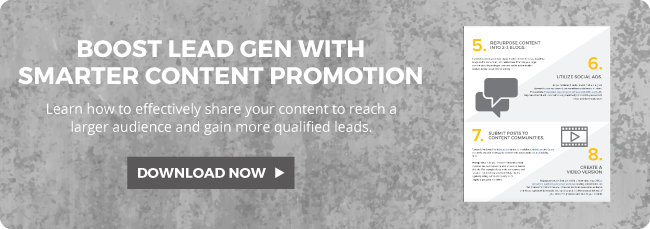4 Signs That It's Time for a Content Audit

Auditing has a nasty tone, one that makes you wonder what went wrong and who was at fault. Contrary to belief, auditing is not always a bad thing, and can even save a business or startup from going under. So, how do you know when it’s time for a content audit? Let’s discuss the 4 signs below.
Sign 1: Follower numbers declining
There are many signs that it’s time for a content audit, but one of the more obvious ones is a decrease in followers on social media. People who find your content boring, out of date or irrelevant will leave your page and most likely never return. You need to change that! Keeping your information short and sweet holds your audience’s attention long enough for them to dig deeper into your website, article, blog or email.
Here’s a tip: When auditing your content, ensure that you grab the reader’s attention as soon as they open your page, article or blog. This is crucial as the decision to stay on a page is determined within the first 5-10 seconds after opening it.
Consider changing around the layout of your page, such as putting your call-to-actions or promotional offer near the beginning of a piece of content, or at the top of a web page. This could keep readers interested from the start.
Sign 2: Struggling with content
Are you finding it hard to develop new material? We all hit a wall at some point in our lives, but don’t worry! Sometimes the answer to creating new content is going through a content audit, reviewing the topics already discussed and sparking thoughts about a new direction to take. Some of the best content you create might come from successful repurposing.
Sign 3: Entering new markets
As a business grows, its target market might grow as well. You may find yourself trying to target:
- A new area or region
- A new industry
- A new customer type (example: B2B vs. B2C)
When you target more than one group of people, make sure you define your different buyer personas to send the right message at the right time. A content audit can help you segment what content is best suited for which persona based on their challenges, goals and motivations.
Sign 4: You have never performed an audit.
Now that the dreaded phrase, “I have never performed a content audit,” has been brought to light, what do you do?
- Determine what the goal or purpose of the audit is. Do you want to audit your content for voice? Do you want to update an old design style. Are you looking to repurpose, or to trash?
- Start by deciding which content should be audited (blogs, videos, ebooks, podcasts, infographics, etc.).
- Assign different people on your team different responsibilities. Maybe you have a team editor tackle the larger offers, like ebooks and infographics, and assign a blog audit to team members who understand your company voice.
Keeping content fresh and consistent keeps you relevant in whatever market you’re in. Ultimately, people want to find information with ease, have a clear understanding of your message and gain valuable insights. Remember, a content audit isn’t clearing house, its expanding it to new lengths!
What are your content audit best practices? Share them in the comments below


